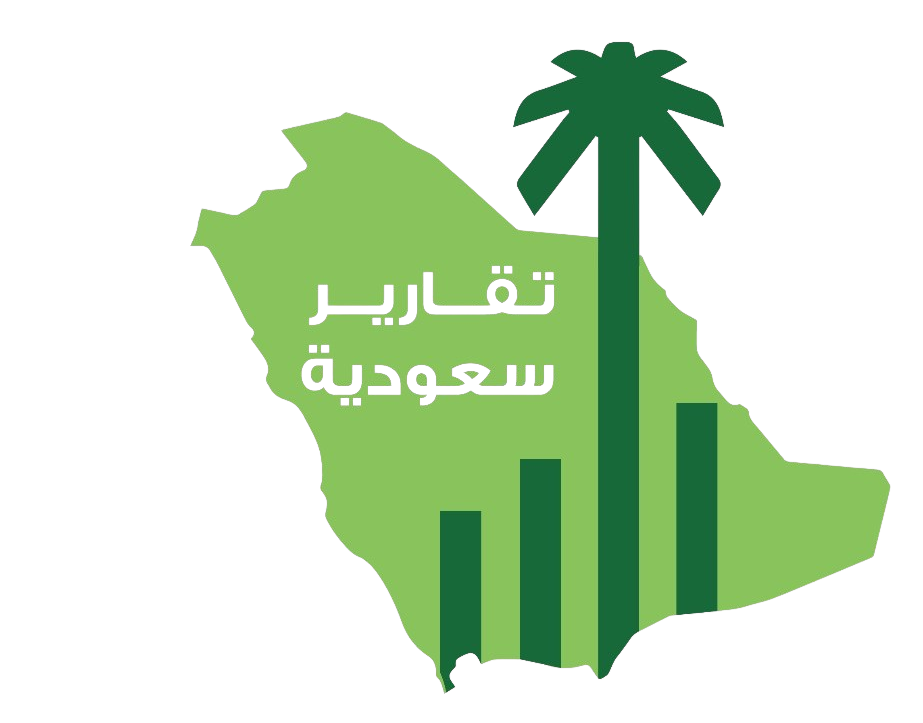The United Nations Conference on Trade and Development (UNCTAD) issued a report on e-commerce, which pointed out the number of people shopping online, environmental sustainability challenges, and obstacles to the growth of e-commerce in developing countries.
Since 2010, e-commerce has developed significantly in many countries, and has also been strengthened by the Covid-19 pandemic.
The number of people shopping online has increased from less than 100 million to about 2.3 billion in 2021, and most sales are domestic, but the organization confirmed that the share of international e-commerce is growing.
UNCTAD estimates that the value of e-commerce sales by businesses in 43 developed and developing countries with available data, representing three-quarters of global GDP, rose from $17 trillion in 2016 to $27 trillion in 2022.
The value of sales across the world’s 35 largest e-commerce platforms has boomed in recent years, from $2.6 trillion in 2019 to more than $4 trillion in 2021, led by Alibaba, Amazon, JD.com and Pinduoduo.
The cross-border trade figures are estimated at around $3 trillion of this total.
The United States and China topped the list with sales of $11 and $4.5 trillion, respectively, in 2022.
These figures reflect e-commerce directed at individual consumers, whether goods or services, and do not include e-commerce between businesses.
Between 2017 and 2021, e-commerce use in LDCs increased by 140 per cent. However, this still represents only 5.8 per cent of individuals making online purchases, compared to 62 per cent in developed countries, so e-commerce has significant room for expansion.
Since 2017, UNCTAD has conducted e-commerce readiness assessments in 36 countries, including 25 LDCs, identifying critical gaps that limit countries’ ability to harness e-commerce for economic growth. To what extent comprehensive e-commerce policies and approaches are lacking in integrating e-commerce into national development plans, e-commerce readiness in LDCs is hampered by inadequate ICT infrastructure. Furthermore, the quality of Internet services is lagging, with low bandwidth and high telecommunications costs also hampering the adoption of e-commerce.
Limited progress in logistics services, such as underdeveloped addressing systems and scarce delivery facilities, leads to high costs in e-commerce and logistics operations. Moreover, trade facilitation reforms are progressing slowly, causing least developed countries to lag behind developed countries in implementing digital and sustainable business practices, which hinders their participation in global trade.
The legal and regulatory frameworks for e-commerce in developing countries need further development to enhance confidence in digital technology.
In general, e-commerce has boosted consumption due to enhanced accessibility and convenience, lower prices, increased product variety, and expanded online marketing. The report highlights the environmental impacts that have arisen from this significant growth in e-commerce and the changes that have accompanied it, especially with regard to packaging and the logistics chain, which have witnessed a significant transformation in size and means. It discusses the details of these impacts and challenges, as well as some solutions and experiences implemented in this regard.
The report encourages the promotion of best practices for e-commerce and environmentally friendly behaviors.

